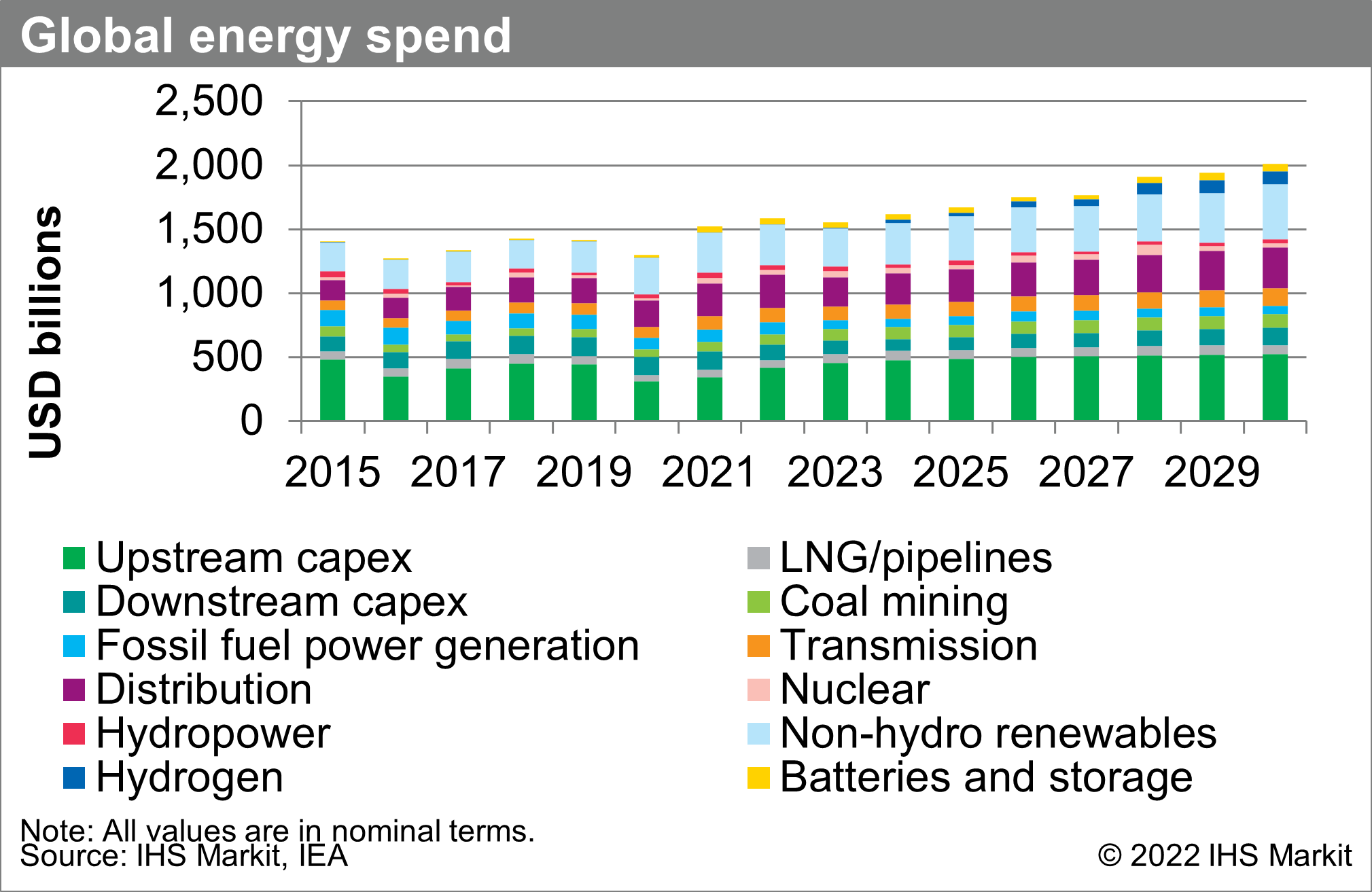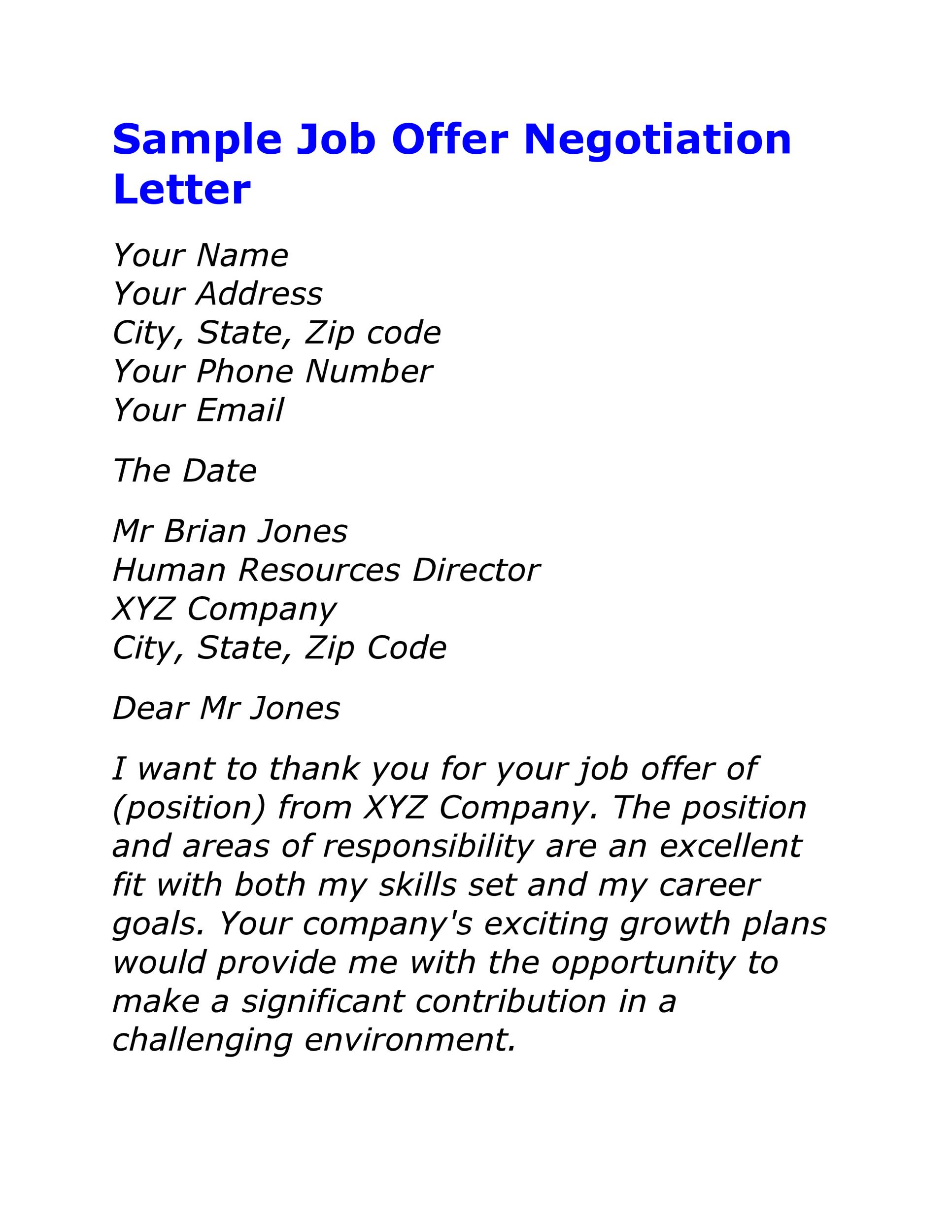How To Write Effective Briefs: A Step-by-Step Guide

Table of Contents
Understanding the Purpose of Your Brief
Before diving into the specifics of writing a brief, it's essential to understand its core purpose: clear communication and shared understanding. A well-defined project brief acts as a central document, outlining the project's scope, goals, and expectations. This shared understanding is the cornerstone of successful project management.
- Defines project scope and goals: A clear brief prevents scope creep by setting concrete boundaries and outlining achievable objectives.
- Ensures everyone is aligned on expectations: This minimizes the risk of misinterpretations and ensures all stakeholders are working towards the same outcome.
- Reduces ambiguity and potential conflicts: A well-structured brief leaves little room for guesswork, reducing the likelihood of disagreements and delays.
- Facilitates efficient resource allocation: By clearly outlining project requirements, a brief helps in effectively allocating budget, personnel, and other resources.
Key Components of an Effective Brief
An effective brief comprises several key components that work together to paint a complete picture of the project. Let's explore each in detail:
Project Overview & Background
Setting the context is paramount. A comprehensive overview provides the necessary background information for all stakeholders to understand the project's origins and purpose.
- Clearly state the project's aim and desired outcomes: What are you trying to achieve? What are the key objectives? Define these clearly and concisely.
- Provide relevant background information and context: Include any pertinent information, such as market research, competitor analysis, or previous project successes/failures.
- Include any prior research or relevant data: Supporting your brief with data strengthens your case and provides a solid foundation for decision-making.
Target Audience & Objectives
Understanding your target audience is critical to crafting a successful project. This section should define who you are trying to reach and what you hope to achieve with them.
- Define the target audience (demographics, psychographics, etc.): Go beyond simple demographics. Understand their values, behaviors, and motivations.
- Specify measurable objectives (e.g., increase brand awareness by X%): Use SMART goals (Specific, Measurable, Achievable, Relevant, Time-bound) to set clear targets.
- Outline Key Performance Indicators (KPIs) for success: Define how you will measure the success of the project against its objectives (e.g., website traffic, conversion rates, sales figures).
Deliverables & Timeline
Clearly defining the project deliverables and establishing a realistic timeline are essential for effective project management.
- List all required deliverables (e.g., reports, designs, prototypes): Be specific and detailed in outlining what needs to be produced.
- Establish clear deadlines for each stage of the project: Set realistic and achievable deadlines to maintain momentum.
- Include milestones and key dates for review: This provides checkpoints for monitoring progress and making necessary adjustments.
Budget & Resources
Transparency in budget and resource allocation is crucial for managing expectations and preventing unforeseen issues.
- Specify the allocated budget for the project: Be upfront about the financial resources available.
- Outline available resources (personnel, tools, technology): Identify the team members, tools, and technology that will be utilized.
- Address potential resource constraints: Acknowledge any limitations and how they will be addressed proactively.
Communication & Feedback Plan
Establishing a clear communication plan ensures smooth collaboration and efficient feedback loops.
- Outline the communication channels (e.g., email, meetings, project management software): Choose the most appropriate channels for different types of communication.
- Define the process for feedback and approvals: Establish a clear process for providing and receiving feedback, and for approving deliverables.
- Specify the frequency of updates and progress reports: Regular updates keep everyone informed and help identify potential problems early on.
Tips for Writing Concise and Clear Briefs
Even with a structured approach, clarity and conciseness are vital for an effective brief. Here are some additional tips:
- Use clear and concise language: Avoid jargon and overly technical terms.
- Avoid jargon and technical terms unless necessary: Ensure everyone understands the language used.
- Use visuals where appropriate (charts, graphs, mockups): Visuals enhance understanding and engagement.
- Prioritize information and focus on key points: Avoid overwhelming the reader with unnecessary details.
- Proofread carefully before sharing: Errors undermine credibility and professionalism.
Conclusion
Mastering the art of writing effective briefs is paramount for successful project management and achieving desired outcomes. By following these steps, incorporating the key components, and focusing on clear communication, you can significantly improve collaboration, reduce misunderstandings, and ultimately deliver exceptional results. Start crafting your effective briefs today and experience the positive impact on your projects! Learn more about improving your brief writing skills and creating clear communication through further resources and training. Invest in writing effective briefs—it’s an investment in your project’s success.

Featured Posts
-
 Andrew Tate In Dubai Declaratii Provocatoare Despre Viitor
May 23, 2025
Andrew Tate In Dubai Declaratii Provocatoare Despre Viitor
May 23, 2025 -
 Understanding The Big Rig Rock Report 3 12 A Rock 101 Guide
May 23, 2025
Understanding The Big Rig Rock Report 3 12 A Rock 101 Guide
May 23, 2025 -
 Swiss Village Faces Landslide Risk Livestock Evacuated By Hoof And Helicopter
May 23, 2025
Swiss Village Faces Landslide Risk Livestock Evacuated By Hoof And Helicopter
May 23, 2025 -
 3 Billion Slash To Sse Spending Implications For The Energy Sector
May 23, 2025
3 Billion Slash To Sse Spending Implications For The Energy Sector
May 23, 2025 -
 Grand Ole Oprys First International Broadcast Royal Albert Hall Debut
May 23, 2025
Grand Ole Oprys First International Broadcast Royal Albert Hall Debut
May 23, 2025
Latest Posts
-
 Airplane Safety Understanding The Statistics Of Close Calls And Crashes
May 23, 2025
Airplane Safety Understanding The Statistics Of Close Calls And Crashes
May 23, 2025 -
 Analyzing Ramaphosas White House Encounter Could He Have Handled It Differently
May 23, 2025
Analyzing Ramaphosas White House Encounter Could He Have Handled It Differently
May 23, 2025 -
 Trump Tax Bill Clears House After Late Night Negotiations
May 23, 2025
Trump Tax Bill Clears House After Late Night Negotiations
May 23, 2025 -
 Is A Best And Final Job Offer Really Final Negotiation Strategies
May 23, 2025
Is A Best And Final Job Offer Really Final Negotiation Strategies
May 23, 2025 -
 Negotiating A Best And Final Job Offer Is It Possible
May 23, 2025
Negotiating A Best And Final Job Offer Is It Possible
May 23, 2025
